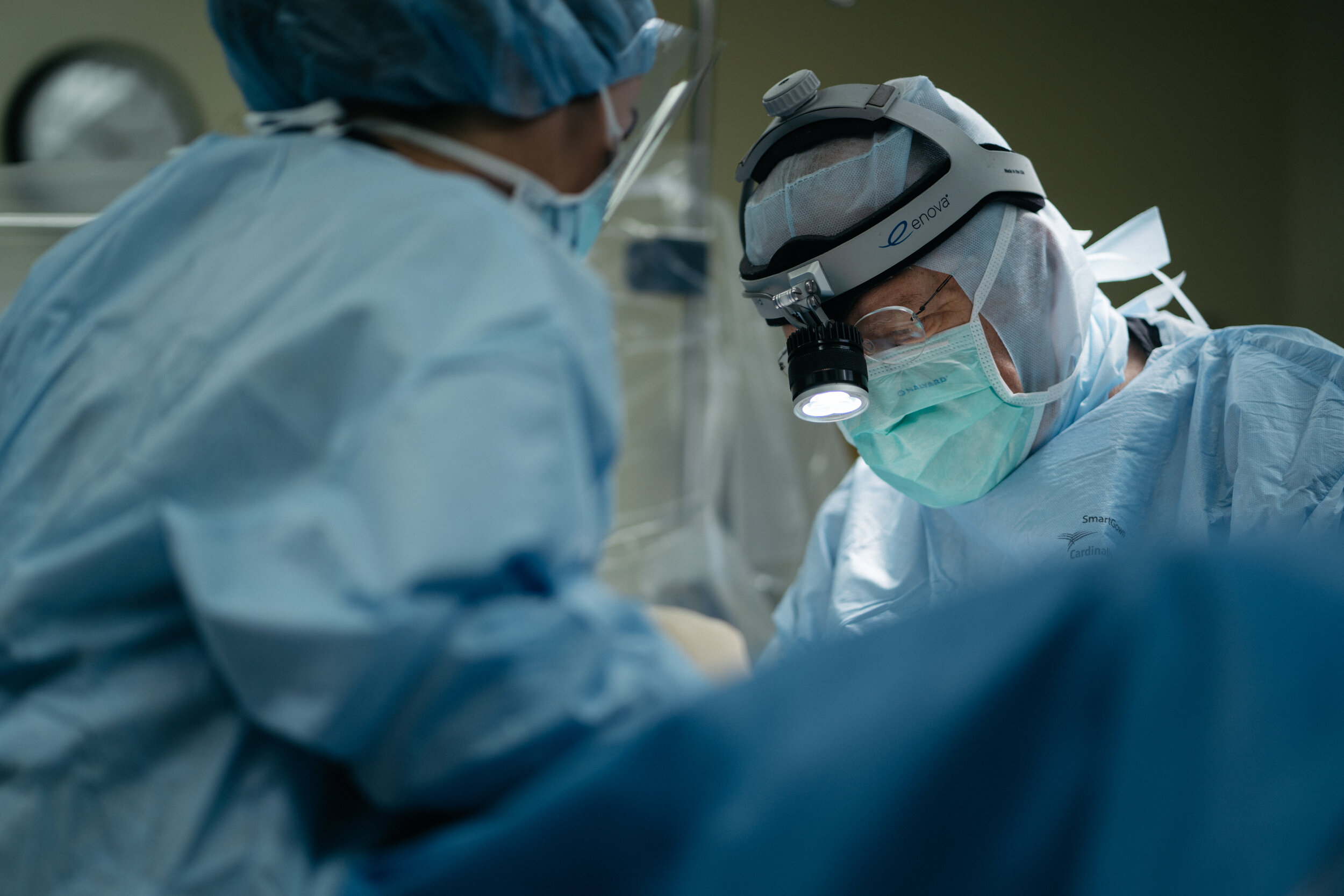
Dr. Harris is the leading Knee Replacement Surgeon in San Anotnio and He walks through the entire process for patients
Knee Replacement Surgeon Answers Knee Replacement Questions from the procedure to the post-op
Dr. Harris discusses total knee replacements
“A total knee replacement is a treatment for end-stage arthritis. Arthritis is the loss of cartilage, and this can occur by many different means. The treatment for loss of cartilage is frequently a joint replacement.”
What is a total knee replacement?
A knee replacement is a resurfacing arthroplasty, meaning an artificial surface is placed on all three bones involved in the knee. This includes the femur (thigh bone), the tibia (shinbone), and the patella (kneecap). The purpose of the replacement is to decrease discomfort and improve your function.
When Should You Consider a Knee Replacement?
Typically, a knee replacement is recommended when the easy, everyday things become hard to do and the knee is starting to run your life. A big mistake a lot of people make is waiting until the knee has completely taken over their life. This makes the recovery and rehab much more difficult.
What are the Potential Benefits and Risks?
After a knee replacement the benefits include decreased discomfort, increased mobility, and increased activity level.
Just like with any surgery, there are risks involved. Potential risks are infection, fracture, and failure to relieve the discomfort.
What Knee Implant Do We Use?
While there are several choices for implants, the implants that we choose and recommend are made by Smith & Nephew. Primarily because that is the only truly anatomic design that's on the market. Smith & Nephew replicates the normal dimensions and normal proportions of a total knee replacement.
What Makes Smith & Nephew Implants Different?
This particular design of knee replacements is superior compared to any other for several reasons. The first being the materials, the replacement is made out of oxinium, which is a ceramic-like surface on a metal component. This gives it lower friction, therefore there will be lower wear. These materials have been bench tested for 30 years of simulated use and have stood up to it.
What Is Surgery & Recovery Like?
A knee replacement surgery takes about 3 hours for most patients. After surgery, a patient will typically spend about one night in the hospital.
Reminder: It’s important to have a post-surgery plan so that your transfer from the hospital to home is seamless. It’s also just as important to plan who will be assisting you throughout the recovery process.
What Are The Symptoms of End-Stage Arthritis?
Pain from physical activity
Limitation of motion
Frequent deformity of the knee
What are the Four Main Non-Operative Treatments for an Arthritic Joint?
There are injections, braces, medication, and exercises.
Injections come in many forms, from steroid injections to stem cell injections. This treatment is typically for patients who do not have end-stage arthritis yet. This is because once you hit bone on bone, injecting the knee with any substance is likely to increase the risk of problems.
Braces are used for treatment if a patient can run their knee through a full range of motion and the deformity from side to side is correctable. There are good brace options for patients who don’t have a lot of arthritis in the front of the knee, otherwise the braces usually don't work very well. Therefore, we have very few patients who use this as their treatment option.
Medication is another option for our patients. Specifically two types of medications, Tylenol and over the counter anti-inflammatories such as Advil. These are used for pain relief. The only problem is they are not able to help with getting back motion that's been lost or correcting the deformity.
Exercise is also an option for treating an arthritic joint. There are a few forms of arthritis that are amenable to exercise, but these are limited.



